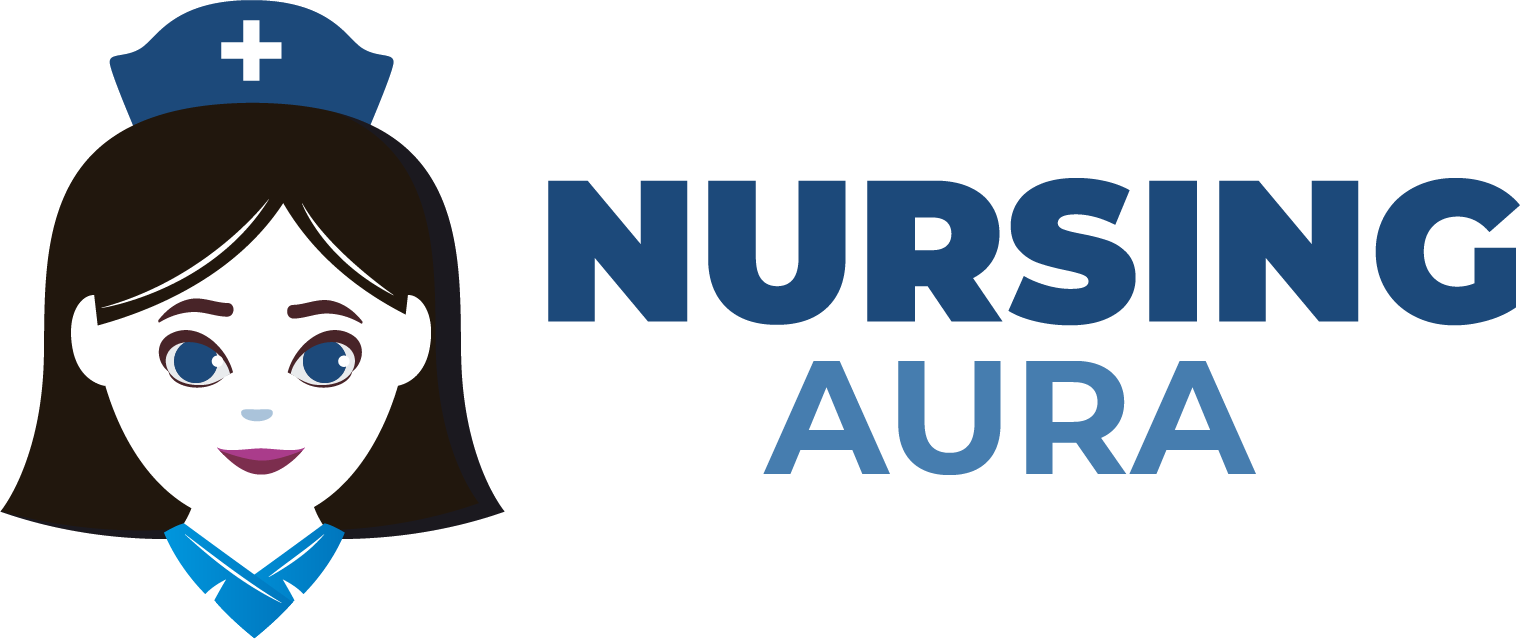A Nurse Manager and a Nurse Leader differ in duties, responsibilities, and healthcare management styles. Nurse managers manage a nursing unit or department’s daily operations. They manage scheduling, budgeting, and unit efficiency. Staffing, patient care, and unit issues are normally handled by nurse managers. They lead by example and enforce regulations and procedures.
While accountable for the effective operation of their nursing units, Nurse Leader are more strategic. Long-term goals, corporate vision, and nursing staff development are priorities. Nurse Leaders shape healthcare culture, innovation, and team vision. Transformative leadership inspires and motivates healthcare workers to adapt. They enhance patient care and nursing by promoting change.
Focus differentiates Nurse Managers from Nurse Leaders. Nurse Leader consider how their unit fits into the healthcare system, whereas Nurse Managers focus on their unit’s daily tasks. Nurse Managers thrive on stability and conformity, whereas Nurse Leader thrive on adaptation and good change.
Additionally, their communication methods vary. Nurse Leaders encourage team members to speak out, while Nurse Managers give clear, task-oriented commands to promote efficiency. Nurse Managers give structure, while Nurse Leaders lead development and progress. Many times, Nurse Leader can also be Nurse Managers, and Nurse Managers can lead.
| S. No. | Aspects | Nurse Manager | Nurse Leader |
| 1 | Role Definition | Focuses on administrative and operational tasks | Emphasizes visionary and strategic leadership |
| 2 | Decision-Making | Typically makes decisions based on policies | Employs collaborative decision-making approaches |
| 3 | Responsibility | Primarily responsible for staff and unit | Assumes broader responsibilities for the organization |
| 4 | Focus | Operational efficiency and daily tasks | Inspiring and motivating the nursing team |
| 5 | Authority | Typically possesses formal positional authority | Relies on influence and informal authority |
| 6 | Communication Style | Often directive and task-oriented | Emphasizes open, effective communication |
| 7 | Problem-Solving | Addresses immediate issues and challenges | Identifies long-term solutions and innovations |
| 8 | Team Management | Supervises and coordinates staff activities | Inspires and mentors team members |
| 9 | Goal Setting | Sets goals aligned with unit objectives | Sets visionary goals aligned with the mission |
| 10 | Leadership Style | Transactional leadership | Transformational leadership |
| 11 | Feedback | Provides performance feedback | Offers constructive feedback for growth |
| 12 | Conflict Resolution | Focuses on conflict containment and resolution | Encourages conflict resolution and team growth |
| 13 | Workload Allocation | Allocates tasks and responsibilities | Collaboratively distributes workloads |
| 14 | Resource Management | Manages resources within the unit | Advocates for resource allocation and needs |
| 15 | Staff Development | Supports staff development through training | Promotes ongoing professional growth |
| 16 | Staff Engagement | Concerned with staff productivity | Focuses on staff satisfaction and engagement |
| 17 | Change Implementation | Implements changes based on directives | Champions and facilitates change initiatives |
| 18 | Conflict Avoidance | Tends to avoid confrontations | Addresses conflicts proactively |
| 19 | Goal Alignment | Aligns goals with organizational objectives | Aligns goals with the organization’s mission |
| 20 | Risk Management | Focuses on minimizing operational risks | Identifies and manages strategic risks |
| 21 | Accountability | Holds staff accountable for their tasks | Encourages collective accountability |
| 22 | Data Utilization | Utilizes data for unit performance assessment | Leverages data for informed decision-making |
| 23 | Feedback Collection | Collects feedback primarily from superiors | Seeks feedback from various sources |
| 24 | Role Modeling | Serves as a role model for following policies | Serves as a role model for leadership values |
| 25 | Recognition | Recognizes staff for meeting expectations | Acknowledges and celebrates team achievements |
| 26 | Delegation | Delegates tasks based on job descriptions | Delegates tasks based on team members’ skills |
| 27 | Mentorship | Limited focus on mentorship | Emphasizes mentorship and guidance |
| 28 | Innovation | May resist significant changes | Encourages innovation and continuous improvement |
| 29 | Risk-Taking | Prefers risk aversion in decision-making | Willing to take calculated risks |
| 30 | Feedback Frequency | Provides periodic performance feedback | Offers continuous feedback and coaching |
| 31 | Leadership Development | May not prioritize leadership development | Invests in leadership development programs |
| 32 | Conflict Management Approach | Addresses conflicts reactively | Proactively manages and prevents conflicts |
| 33 | Visionary Thinking | Typically lacks visionary thinking | Embraces visionary thinking for the future |
| 34 | Staff Autonomy | May have limited staff autonomy | Encourages staff autonomy and decision-making |
| 35 | Job Satisfaction | Focuses on meeting job requirements | Promotes job satisfaction and fulfillment |
| 36 | Communication Transparency | May have limited transparency in communication | Values open and transparent communication |
| 37 | Feedback Receptivity | May not be open to feedback | Welcomes feedback and self-improvement |
| 38 | Interdisciplinary Collaboration | Collaborates within the nursing department | Promotes interdisciplinary collaboration |
| 39 | Advocacy | Advocates for the unit’s needs | Advocates for both unit and patient needs |
| 40 | Resource Allocation | Allocates resources based on unit priorities | Advocates for equitable resource allocation |
| 41 | Patient-Centeredness | Focuses on patient care within the unit | Advocates for a patient-centered approach |
| 42 | Ethical Decision-Making | Follows ethical guidelines and policies | Prioritizes ethical decision-making |
| 43 | Conflict Resolution Skills | May have limited conflict resolution skills | Possesses strong conflict resolution skills |
| 44 | Leadership Presence | May have a limited leadership presence | Has a strong leadership presence |
| 45 | Community Engagement | May not engage with the community | Engages with the community for healthcare advocacy |
| 46 | Vision Communication | May not effectively communicate the vision | Articulates and communicates the vision |
| 47 | Job Enrichment | Focuses on job functions and responsibilities | Enriches job roles through empowerment |
| 48 | Long-Term Impact | Focuses on short-term unit impact | Considers long-term organizational impact |
Frequently Asked Questions (FAQS)
1. What is the Nurse Manager's main job?
A Nurse Manager’s main responsibility is to manage a nursing unit or department. Staffing, scheduling, budgeting, and unit efficiency are their duties. Nurse Managers ensure unit order and compliance with policies.
2. What is the Nurse Leader's major duty?
Leading their nursing staff strategically is a Nurse Leader’s key role. Leaders in nursing value long-term objectives, company vision, and staff development. Influence their healthcare organization’s culture, innovation, and team vision. Positive transformation and patient care outcomes are their goals.
3. How do Nurse Managers and Leaders lead differently?
Clear, task-oriented criteria keep nurse supervisors organized and efficient. Nurse Leaders foster open and collaborative communication and team success, and team members share their views.
4. Does one individual perform both Nurse Manager and Nurse Leader roles?
Yes, many healthcare executives perform both jobs. Nurse Managers can lead by advocating for their teams and enacting strategic changes in their units, while Nurse Leaders can handle day-to-day operational concerns. The healthcare facility’s demands and the organization’s structure determine how these positions overlap.
5. Why do healthcare organizations need Nurse Managers and Nurse Leaders?
A balanced healthcare system needs Nurse Managers and Nurse Leaders. Nurse managers structure everyday activities to function smoothly. But Nurse Leaders are visionaries who promote innovation, a healthy company culture, and patient care improvements. They improve healthcare delivery by meeting urgent and long-term demands.

